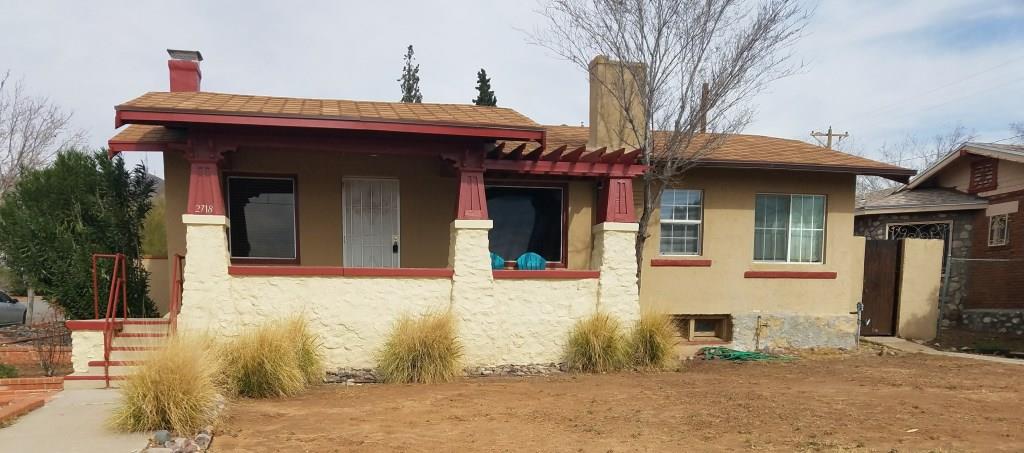The Bodhi Tree
Over the December 6th weekend I attended a sesshin at Clear Mind Zen Temple in Las Cruces. This end of the year sesshin celebrates Rohatsu, the Buddha’s Enlightenment. It’s the central stories in our practice. It goes something like this. Siddhartha Gautama, or Shakyamuni (whichever you prefer—I like Siddhartha because I read Herman Hesse’s novel when I was a teenager) had given up his life of asceticism. He had whittled down his daily intake of food to several grains of rice a day, and he must have understood that he was dying from lack of food. He didn’t want to die. That was not the point. So he had begun to eat again, to take the path we know as “the Middle Way.” His compatriots left him because they felt he had gone astray. But he didn’t turn away from his practice of zazen. Thus, he sat down under the Bo Tree (aka Bodhi Tree), a huge fig tree, and he vowed not return to the world of men until he had received Enlightenment. And so he sat and sat some more. Surely, he rose from time to time and did walking meditation beneath the huge tree with its heart shaped leaves. Surely he ate some rice and vegetables, something to keep his strength. Surely he had to go out into the woods and relieve himself. He was a man after all. But he always returned to the lotus posture of his zazen.
Zazen, as Dogen always reminds us, is action.
Siddharta cupped his hands in the cosmic mudra and slipped into deep meditation. I don’t know how long this went on. But it was a long time. One morning before dawn cracked open the sky he looked up into the black sky in the southeast. There he saw the Morning Star and he received complete realization, complete enlightenment, nirvana. It has many names. The universe was exactly as it is. Nothing added. The shell of his self was empty and so was full.
My heart, thus knowing, thus seeing, was released from the fermentation of sensuality, released from the fermentation of becoming, released from the fermentation of ignorance. With release, there was the knowledge, ‘Released.’ I discerned that ‘Birth is ended, the holy life fulfilled, the task done. There is nothing further for this world.’
There was nothing left for him to do. But he did not turn his back on the world of women and men. Instead, he returned as teacher. He went and found his friends who had left him and he told them about what he had become and the Four Noble Truths which concluded with the Eight-Fold Noble Path. These are our gateway toward our own realization. These are the foundation of the Buddha Way. Our practice.
So this event was what we celebrated on December 8th. Around the world others were doing similar practice this week, many much more intensive than our own, others less intensive. Ours is a Householder Zen. Our practitioners come from their families and their lives for the time they can afford and they come to sit together. We had folks from California, Las Cruces and El Paso. It was a good solid group, 10 to 14, depending when you walked in the front door. We sat three periods Friday night, 14 periods Saturday, five periods Sunday. The bell was ringing; the candles and the incense were lit. We all had a place on the floor for our zabuton and our zafu, we all had a piece of the wall to stare at. Harvey Daiho Hilbert Roshi gave us teishos on Friday night and Sunday morning--good stuff to ferment during our practice. David Komyo Novotny was the sesshin leader, and he made sure that all was quiet and he marked the time. Celia Kajo was our Ino, although she got pulled away from time to time by her life duties. I was the Tenzo, the cook, and Katia SokuShin Masuryk was my assistant. We prepared and served the meals. Truly, an honor. Luckily I had recently re-read Master Dogen’s “Instructions to the Cook.” Essentially, how to be present in the activities of being a cook, how to respect and prepare the food, how to organize the life of the kitchen and how to organize one’s own mind to make the process meaningful. On Sunday three members took their first deep steps into their practice. The ceremony is called the KaeSanbo, or taking the Refuges in the Buddha, the Dharma and the Sangha. They receive their Buddhist names of Zen practice and their wagessa which they had sewn. They were Susan Hakushi Beckett of Las Cruces, a student of Kajo; Heather Kishin Ogston of California and a student of KoMyo; and Kathy RyoGin Sorenson, a student of Daiho Roshi's. John Shoji Sorenson took the Jukai vows and received his rakusu which he too had made. They were beautiful ceremonies for each, and the talks of the teachers and the recipients demonstrated the power of this practice. [Note: I'll post photographs of these ceremonies in a separate post and on our Facebook page.]
We worked and we sat. That’s what Zen is--zazen and sweeping the floor. Being who you are, discovering who you are, and looking up one morning and seeing the morning star or hearing the mockingbird atop the juniper tree.
And you experience the universe as it is.
It’s been there all along.
Form is emptiness, emptiness is form.
How can that be?
May we all sit strong in the New Year, may we all receive enlightenment together.
[Note: soon I will put up some photographs I took at the sesshin, so please check back later here or on our facebook page.]






No comments:
Post a Comment